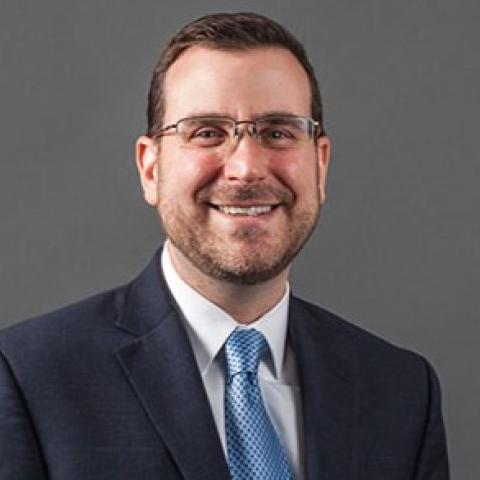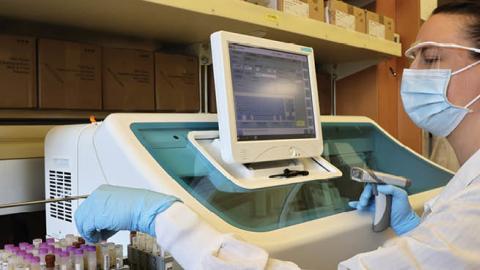Congress selected a perfect clickbait title for its hearing in late April: "Treating the Problem: Addressing Anticompetitive Conduct and Consolidation in Health Care Markets." But the hearing itself was long on rhetoric and short on facts.
Several congresspersons and witnesses sounded the alarm about pharmaceutical companies patenting new, updated versions of older drugs. They accused these companies of "product hopping" or "evergreening" – essentially abusing the patent laws to extend terms of drug patents and prevent cheaper generics from reaching the market.
These accusations stem from a misunderstanding of how innovation happens incrementally – and how the patent system is designed to protect precisely that sort of innovation.
Incremental innovation is so commonplace and familiar that it usually goes unnoticed. No one blinks an eye when Apple launches version 12 of the iPhone, when Microsoft releases version 4 of its Surface laptop, or when Honda unveils a new model of its Odyssey minivan. These new versions of pre-existing products all have new features or uses, which were created from continuing investments in research and development and secured by intellectual property rights.
Just like other companies, drug firms also refine and update their products after the first versions go to market. These ongoing investments in research and development sometimes produce a new drug. Other times, they reveal a new innovative use, such as when a drug originally approved to treat breast cancer is found to shrink other types of tumors.
These companies are doing the exact same thing as Apple, Microsoft, and Honda – creating new, incremental innovations through their productive efforts.
Just like the patents on the 5G chip that replaced the 4G chip in an iPhone, or the patents on the self-driving technologies that replace the old cruise controls in a car, any improvements to an existing drug can be patented only if they represent a new contribution over and above the prior invention. This is a core requirement in patent law: all inventions must be new, useful, and an improvement over what came before. If a new drug, a new use of an existing drug, or other improvement does not meet these legal requirements, it cannot be patented.
When a drug company receives a new patent for a new improvement to an existing medicine, it does not extend any pre-existing patent on the original drug. The old patents expire on schedule. The new patent does not impact the ability of other manufacturers to produce cheap generic copies of the original drug.
This is the reason why 89 percent of all drug prescriptions in the United States are filled with generics. In fact, we have one of the highest generic utilization rates of any country in the world.
At the hearing, congresspersons also raised the issue of so-called "patent thickets" – when a drug company obtains multiple patents for a single therapeutic treatment that supposedly makes it impossible to compete against.
Again, this is rhetoric, not reality. Multiple patents on single products are common. The premiere golf ball in the world, the Titleist Pro V1, is covered by 74 different patents. Yet nobody is fearmongering about a lack of competition in golf ball manufacturing.
The vibrant healthcare market is the best evidence for the fact that patents don't impede competition. Conditions like diabetes, hepatitis, and many cancers, which were death sentences several decades ago, are now manageable conditions with multiple treatments. The high cost of new drugs is also just simple economics: a new medicine costs approximately $2.6 billion, on average, to develop and usually takes between 12-15 years of research, development, and testing before it's approved by regulators. Patents make it possible for companies to recoup these massive investments and continue creating new drugs.
The research and development of new medical innovations based on past inventions is what the patent system was designed to achieve. This is scientific and medical progress, not "evergreening" or creating "patent thickets."
If lawmakers weaken patent rights based on mistaken rhetoric, they will stifle this medical innovation. Patients will suffer. And Congress will have violated the ancient maxim in healthcare: First, do no harm.
Read in RealClear Health

















